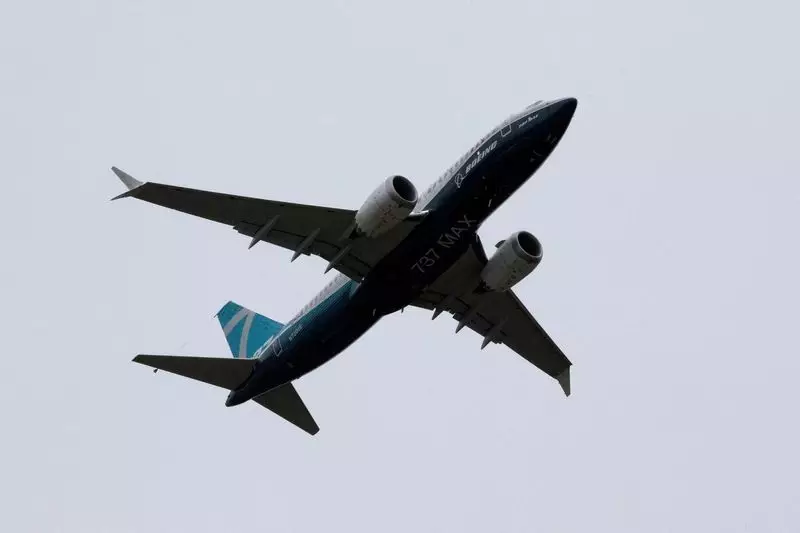In recent months, heightened alarms regarding the safety of Boeing 737 MAX airplanes have arisen due to two bird strike incidents involving Southwest Airlines. These occurrences raised significant safety concerns, leading the Federal Aviation Administration (FAA) to recommend a review of the aircraft’s CFM LEAP-1B engines. As the incidents resulted in smoke emanating from the cockpit, regulatory bodies must now assess the implications of their findings for flight operations, particularly in regard to engine performance during takeoff.
The FAA’s investigation involves a collaborative effort among key stakeholders in the aviation industry, including Boeing, CFM International, and the European Union Aviation Safety Agency (EASA). Boeing’s LEAP-1B engine has been instrumental in the performance of the 737 MAX, yet the recent bird strikes demonstrated vulnerabilities that necessitate urgent attention. This multi-agency cooperation is crucial in identifying mitigative strategies that ensure not only the safety of passengers and crew but also the reliability of aviation technology.
The FAA’s assessment could lead to interim guidance for pilots aimed at modifying takeoff protocols until a more definitive solution is established by Boeing. However, there is an inherent tension in weighing safety protocol adjustments against the backdrop of rare, yet critical incidents such as these. Importantly, while crew procedures already exist for smoke in the cockpit scenarios, the FAA must decide whether supplementary measures would realistically bolster pilot response effectiveness.
In response to the incidents, Southwest Airlines swiftly communicated with its flight crews, emphasizing adherence to established safety protocols and the crucial nature of recurrent training. This quick action indicates a proactive stance from the airline in addressing potential risks associated with bird strikes. Furthermore, the airline’s collaboration with manufacturers indicates an organizational dedication to implementing long-term solutions.
The ongoing scrutiny surrounding the CFM LEAP-1B engine could contribute to significant delays in the certification process for Boeing’s 737 MAX 7 and MAX 10 models. The engines are under examination due to concerns regarding their anti-ice systems, which potentially raise the risk of overheating—a serious issue that could lead to engine failure. These setbacks not only hinder Boeing’s production schedule but also exacerbate scrutiny from regulatory authorities and may impact public confidence in the 737 MAX line.
Boeing’s acknowledgment of vulnerabilities in the 737 MAX is crucial for the airline industry’s ongoing mission to enhance passenger safety. As various entities cooperate to address these challenges, the emphasis must remain on transparency and diligent follow-through in both regulatory processes and engineering solutions. The balance between innovation, safety, and operational efficiency remains at the heart of discussions, and it is essential for these solutions to not only rectify the existing issues but also enhance the overall safety of aviation operations worldwide.

